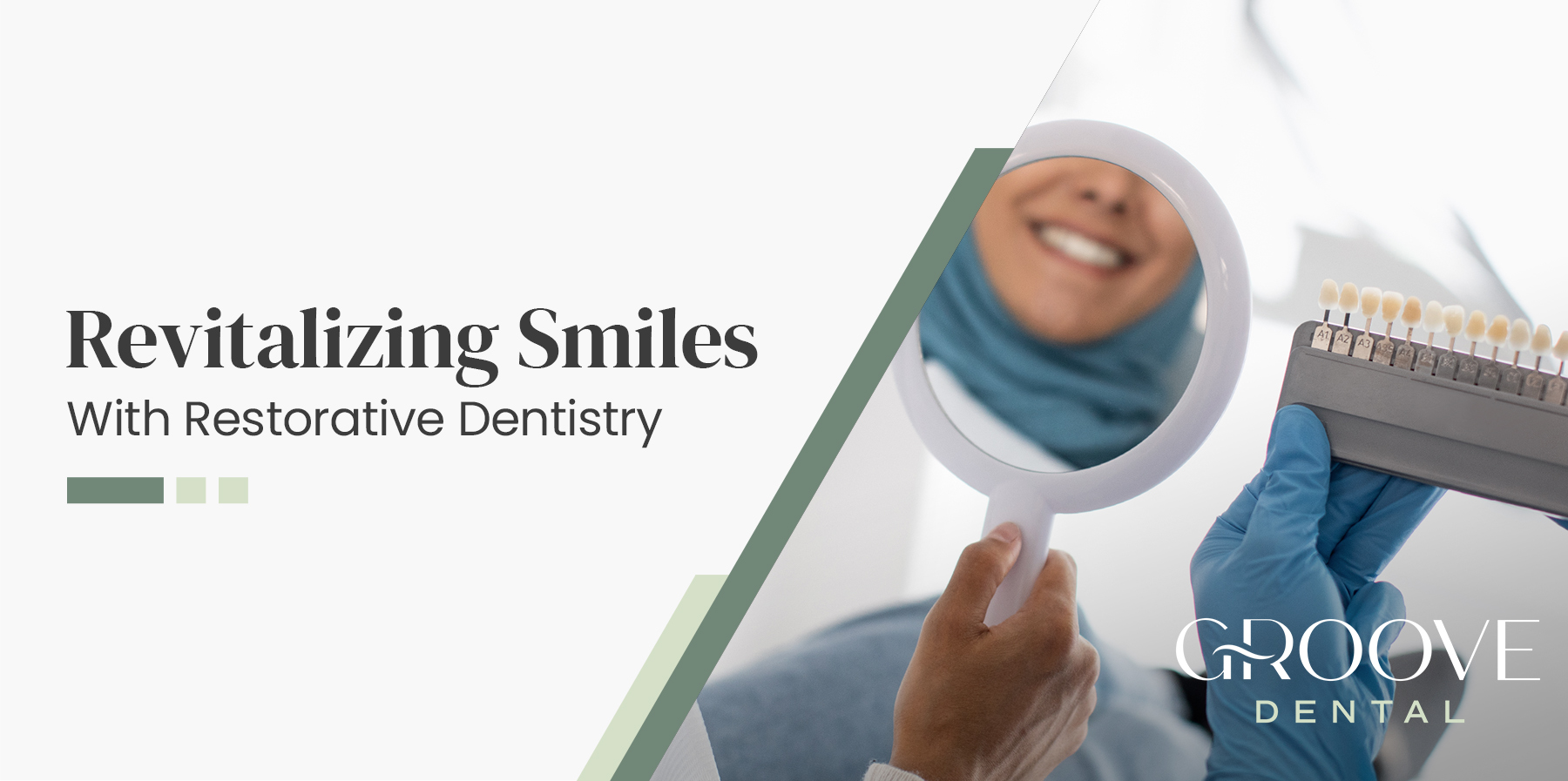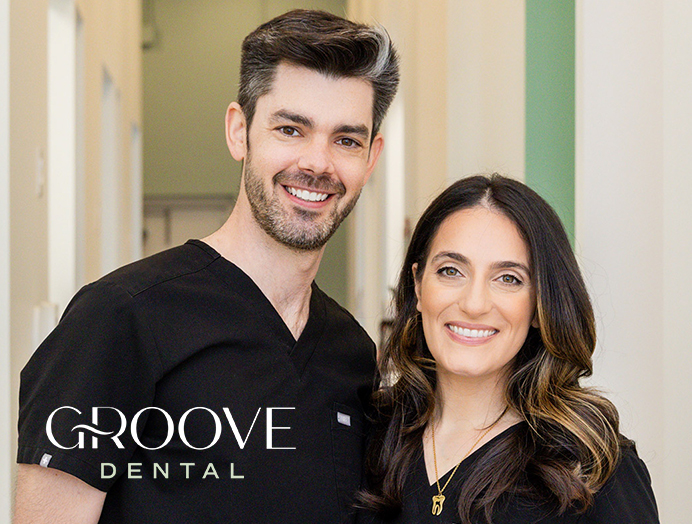Revitalizing Smiles with Restorative Dentistry
Restorative dentistry is essential for maintaining and enhancing oral health, offering numerous benefits for individuals with dental issues. One of its primary advantages is the ability to improve oral function. When teeth are damaged or missing, it can be challenging to eat, speak, and maintain proper oral hygiene. Restorative procedures address these problems by repairing or replacing compromised teeth, allowing for comfortable chewing and clear speech. This improvement in functionality not only enhances daily activities but also contributes to overall health and well-being. Additionally, restorative dentistry provides significant aesthetic benefits. A complete, healthy smile can boost self-confidence and positively impact social interactions. Procedures such as dental bonding, veneers, and implants help create a natural and attractive appearance, making individuals feel more confident in their smiles.
Who Needs Restorative Dentistry?
Restorative dentistry is ideal for anyone experiencing dental problems that affect the structure and function of their teeth. It is particularly beneficial for those with cavities, fractured or chipped teeth, tooth loss, or severe tooth decay. Individuals who have sustained dental injuries from accidents or sports may also benefit from restorative procedures. Additionally, people with old dental work that has worn down or failed can find solutions through restorative dentistry. Essentially, anyone looking to repair, restore, or replace damaged teeth can benefit from the advancements and techniques offered in this field.
Examples of Restorative Work
Restorative dentistry encompasses a wide range of procedures tailored to meet individual needs. Fillings are one of the most common restorative treatments, used to repair cavities and prevent further decay. Crowns are another essential option, providing a protective cap over damaged teeth to restore their shape, size, and strength. For those missing one or more teeth, bridges and implants offer effective solutions. Bridges fill gaps by anchoring to adjacent teeth, while implants provide a more permanent replacement by inserting a titanium post into the jawbone, which supports a prosthetic tooth. Other examples include dentures for replacing multiple missing teeth and inlays or onlays for restoring teeth with moderate decay or damage.
Enhancing Quality of Life
The overall impact of restorative dentistry extends beyond just oral health. By addressing and treating dental issues, restorative procedures enhance the quality of life for many individuals. They reduce pain and discomfort associated with dental problems, making daily activities more enjoyable. Moreover, the aesthetic improvements help boost self-esteem, encouraging people to smile more freely and engage more confidently in social and professional settings.
Conclusion
In conclusion, restorative dentistry offers a comprehensive approach to fixing and improving dental health issues. Whether dealing with decay, damage, or tooth loss, the variety of restorative procedures available can address these concerns effectively. The benefits, ranging from improved function to enhanced appearance, make restorative dentistry a valuable option for anyone seeking to revitalize their smile.




